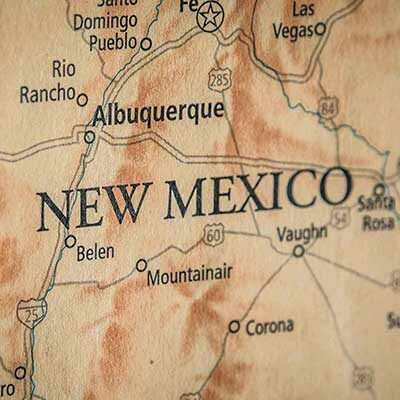Clovis dairy contaminated with PFAS
Laura Paskus
March 12, 2021
In 2018, the U.S. Air Force revealed that its specialized firefighting foams had poisoned groundwater near Cannon and Holloman Air Force bases with chemicals known as PFAS, or per- and polyfluoroalkyl substances. That included the water Art Schaap was pumping for his home and his dairy in Clovis. Since then, Schaap has been pumping and dumping the milk from his cows at his dairy just outside the base. He’s also suing the government for damage done to his livelihood.
Schaap worries about what will happen if the Air Force doesn’t stop that plume from spreading: “There’s other farms down the plume. There’s other big businesses–one of the largest cheese plants in the United States is down the plume. You’ve got the community’s water supply [in Clovis] down the plume. You got another community, Portales’s water supply down the plume.”
Additional information:
*On Aqueous Film Forming Foams or AFFFs: The U.S. Air Force began using AFFFs in the 1970s. They are extremely effective in extinguishing very hot, petroleum-based fires such as those caused when jet fuel ignites. But they also contain toxic PFAS chemicals. AFFFs have seeped into the waters at hundreds of bases nationwide, including Cannon Air Force Base and a handful of other military installations in New Mexico.
*On PFAS chemicals: Refers to a family of thousands of human-made chemicals called per- and polyfluoroalkyl substances. They include Perfluorooctane sulfonate (PFOS) and perfluorooctanoic acid (PFOA). The U.S. Environmental Protection Agency’s lifetime health exposure advisory for PFOS and PFOA is 70 parts per trillion. At the Highland Dairy wells, levels were 500+ parts per trillion of PFOA in a dairy well. Another irrigation well turned up 14,000+ parts per trillion of PFOA/PFOS. 2019 test results revealed PFAS in water wells that supply the City of Clovis. The utility, EPCOR, says it has closed those wells.
*On the personal costs: Art Schaap estimates he spent $4,000 on new filtration for his two houses, plus $150,000 on filters for the dairy’s water and $50,000 a year on maintenance.
*On military response: In 2019, the U.S. Air Force sued New Mexico, challenging the state’s authority to compel cleanup of PFAS contamination. Schaap has filed his own lawsuit and the state has its own outstanding lawsuit with the U.S. Department of Defense.
*If you have questions about PFAS in New Mexico, and in particular about your own wells in Roosevelt or Curry counties, you can email the New Mexico Environment Department and the New Mexico Department of Health: nmenv-dwb-pfas@state.nm.us and doh-eheb@state.nm.us.
If you’ve been affected by PFAS contamination in your community here in New Mexico, call our tip line at (505) 433-7242. To read more coverage of PFAS in New Mexico visit “Groundwater War: New Mexico’s Toxic Threat,” which includes a timeline of events and studies on PFAS.






